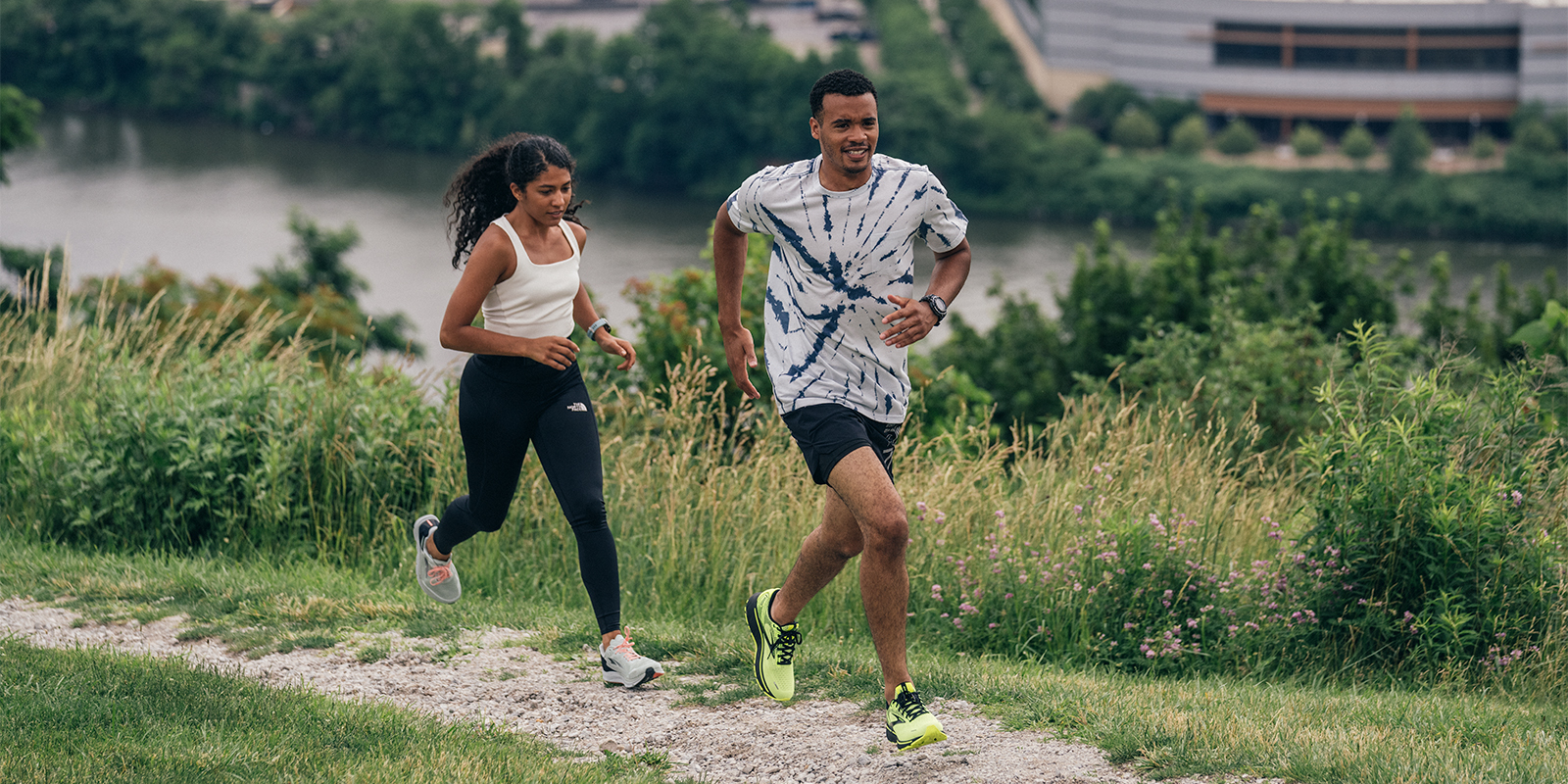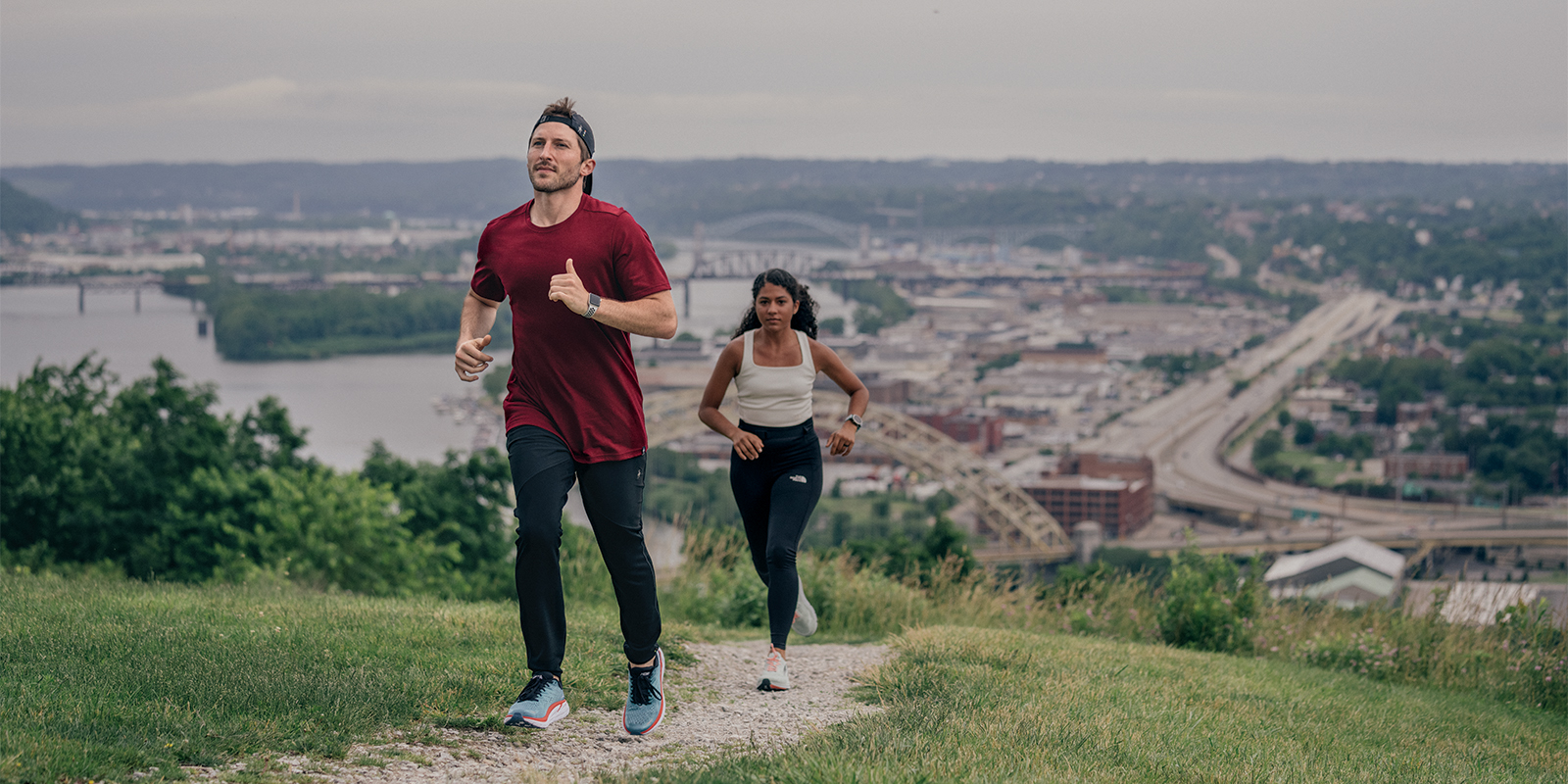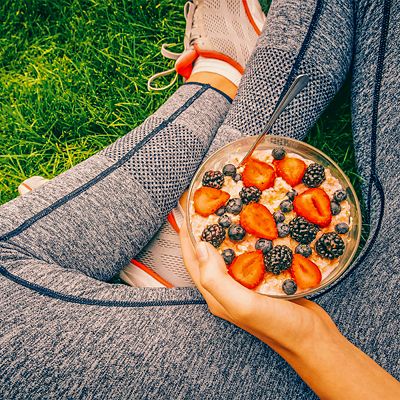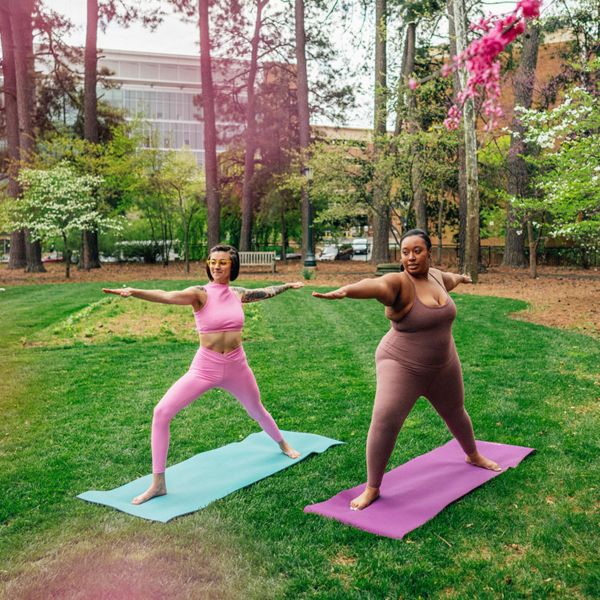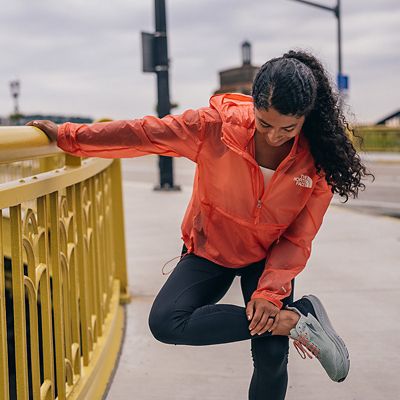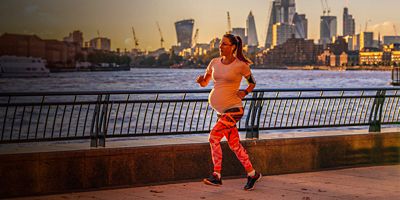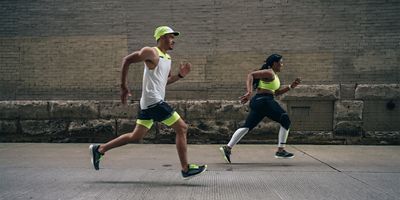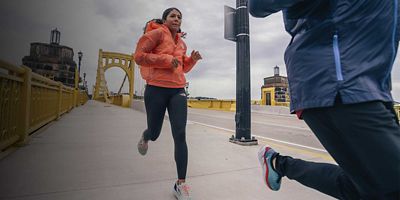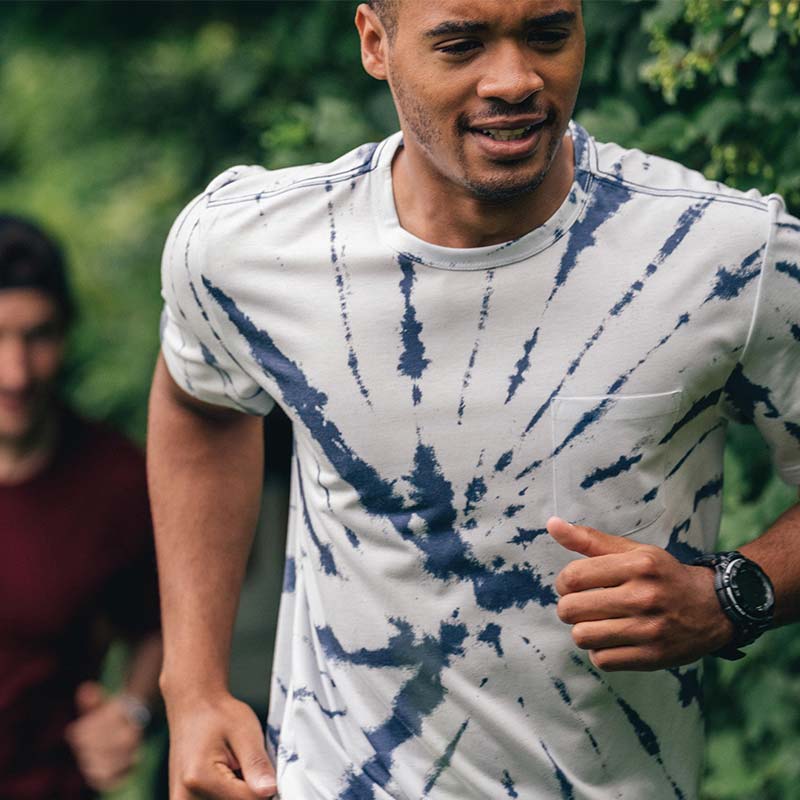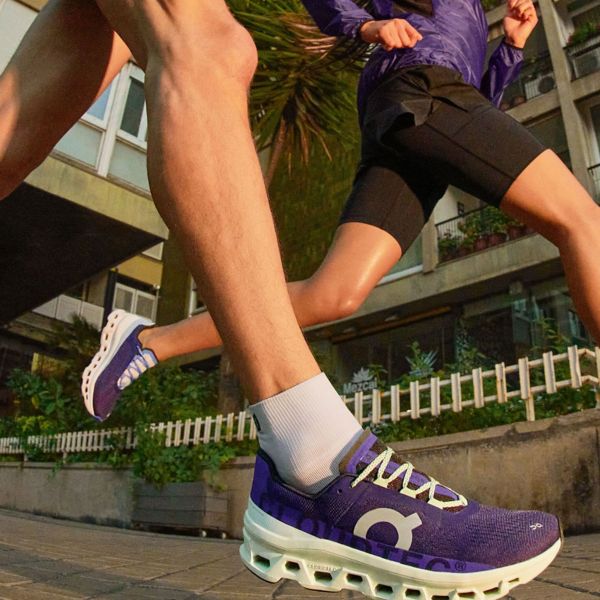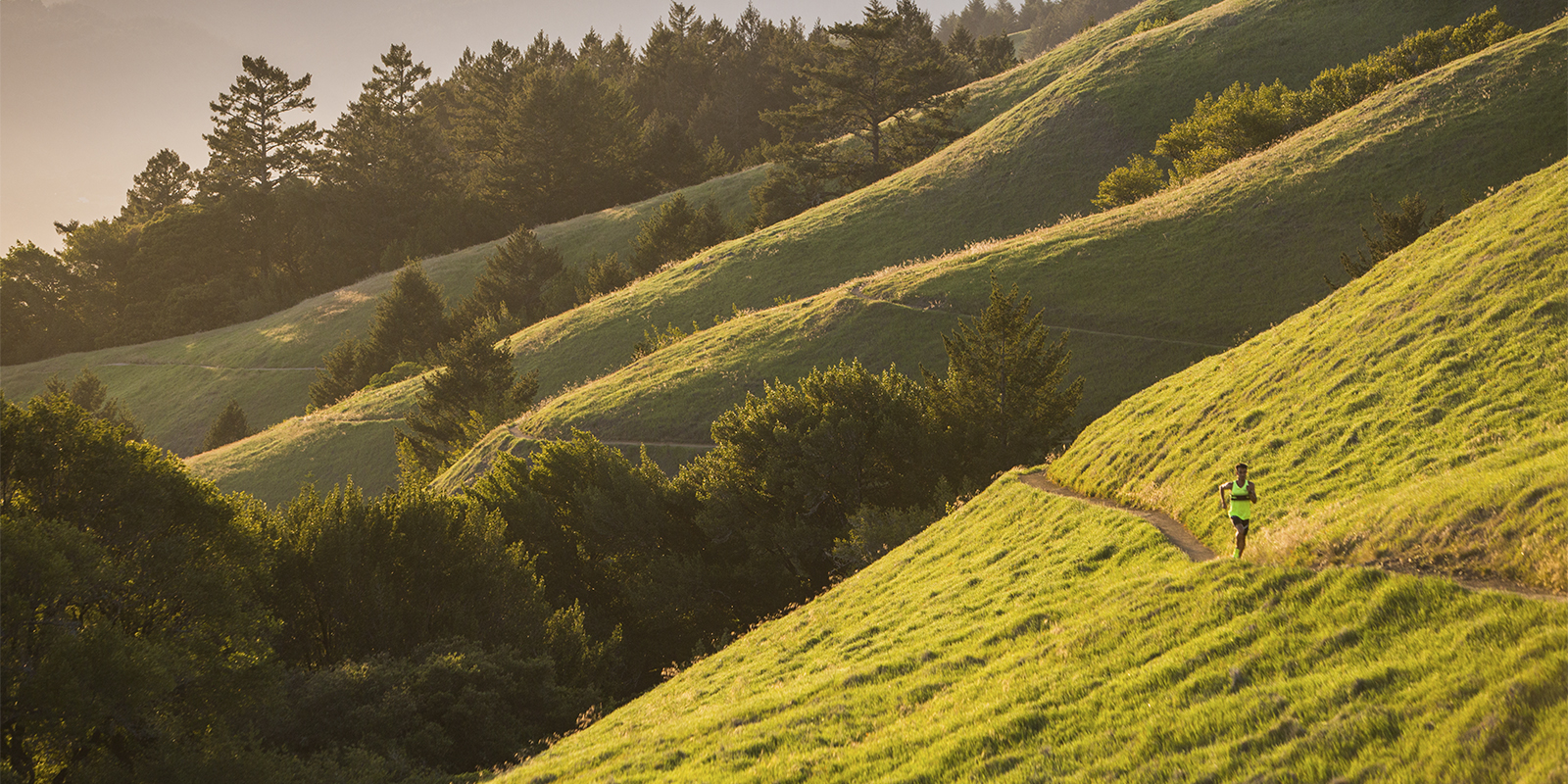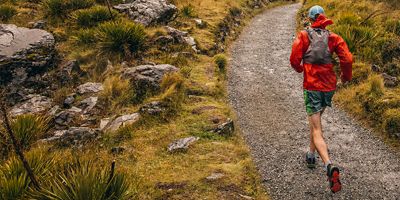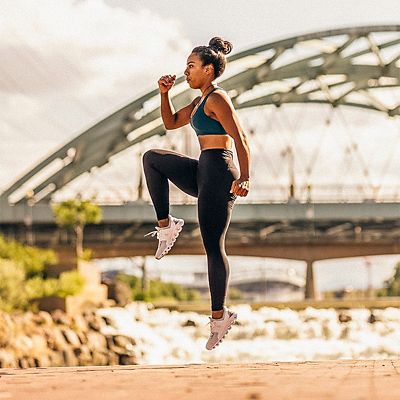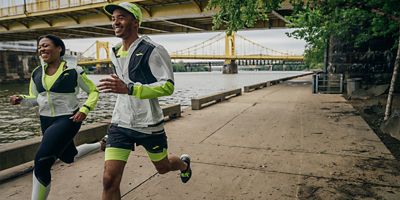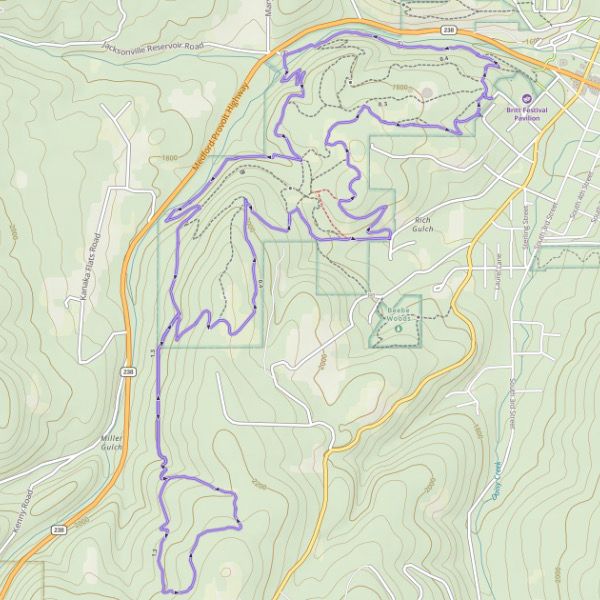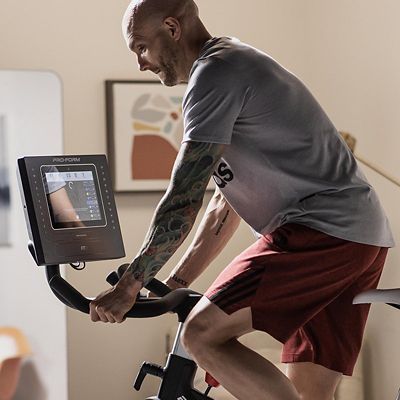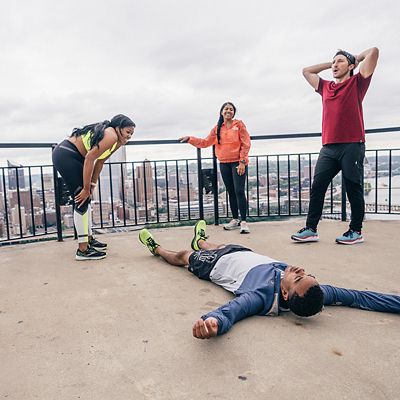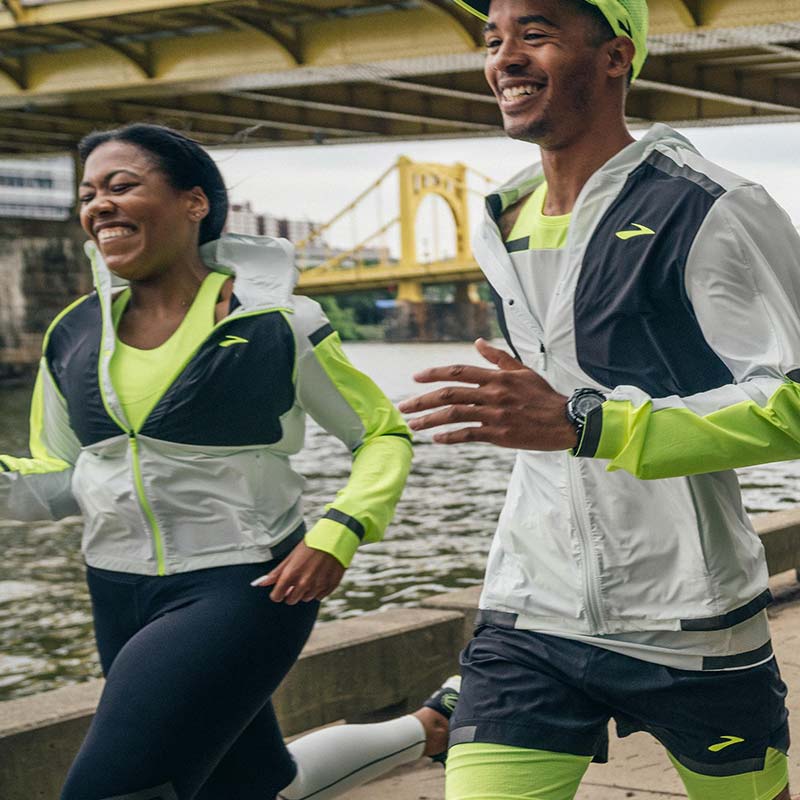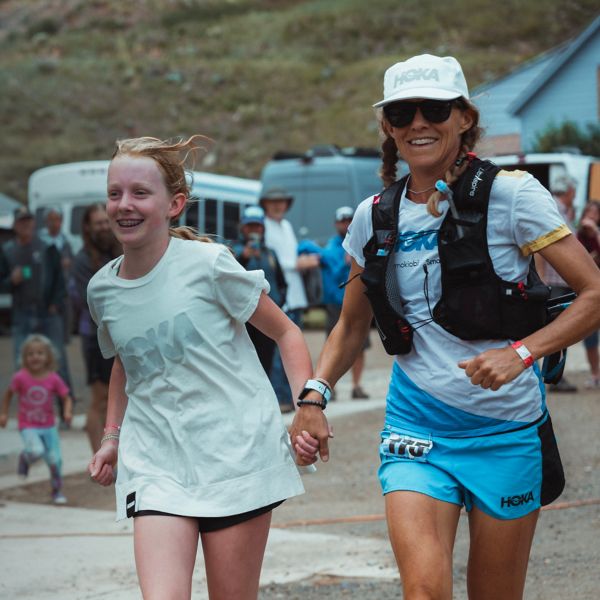You don’t have to be a pro runner to know that hydration is key to running your best and feeling your best. On longer runs and in hotter weather, you’ll want to carry water or other liquids and stay hydrated. The amount you need varies by individual, heat and humidity, and how well-hydrated you are before your run, but most runners should consider carrying water on runs longer than about 45 minutes to an hour. Options range from handheld soft flasks that fold up and stash easily in a pocket when empty to vest-packs that hold enough fluid for a full day. Find the right system for you with this guide to hydration systems made for runners, organized by the smallest capacity to the largest.
HANDHELDS
The smallest and lightest-weight hydration systems are carried by hand. They’re simple, fast to access, and a great choice for runners who don’t want to be encumbered by wearing a hydration system.
Hand strap: These bottles use a lightweight, sweat-wicking strap that slips over your hand, so you don’t have to worry about gripping the bottle tightly or dropping it. Many come with small pockets for carrying things like a key or a gel.
Hard plastic bottle: Look for options that are shaped ergonomically for more comfortable carrying.
Soft flasks: These are made from a flexible, collapsible material like thermoplastic polyurethane. When a soft flask is empty, you can fold it up and stash it away.
Volume: Handhelds range in volume from about eight to 22 ounces. The right size for you will depend on the length of your runs and the conditions.
Mouth opening: This is the cap you unscrew to fill the bottle or flask. Wider openings make bottles easier to fill and clean.
Mouthpiece (or bite valve): This is what you drink from. Flow rates vary, so look for one you like. Some mouthpieces seal shut when not in use, which minimizes leaking.
Switch it up: Over time, using one hand exclusively can lead to muscle imbalance, causing discomfort or pain. Switch hands routinely.


